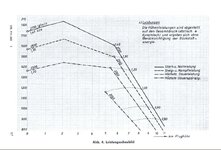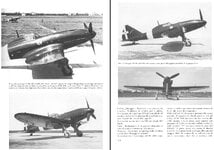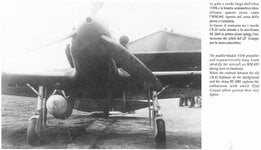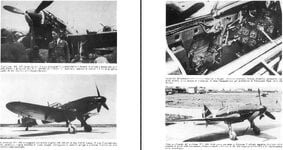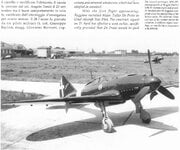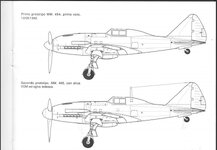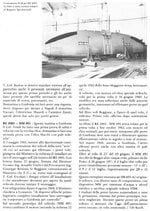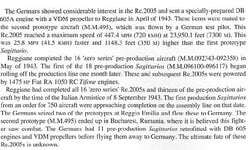I was literally coming into this thread to post this answer (the XF-12 that is). What a beauty.Ditto on the B-35 Flying Wing, but for late war deployment in the Pacific where its range and payload would exceed that of the B-29. Initial contracts specified late 1943 delivery of the first prototype. WW2 B-35 production might have been possible if this project had a higher priority, perhaps to augment and be the immediate successor of the B-29 with the B-32 cancelled?
However, my other favorite that never made it into full production is the Republic XF-12 Rainbow. Republic XF-12 Rainbow - WikipediaView attachment 764064
This a great documentary on it.
View: https://www.youtube.com/watch?v=ZTy0zyfP6KI

